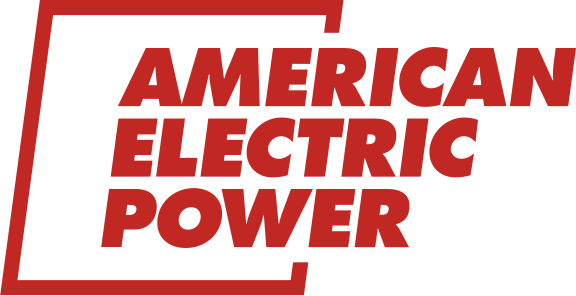
Customer

Highlights
Risk Mitigation
Cost-Effective Solutions
Improved Efficiency
Overcoming Challenges in Substation Upgrade Project
The Challenge
The project aimed to upgrade an existing substation, including the replacement of a 12kV bay, rebuild of a 69kV bay, replacement of transformers, and reconductoring of the 138kV ring bus. Despite its significance, the project encountered several challenges that required innovative solutions for successful completion.
- Bow in 12kV Walking Bus: The installation revealed a significant outward bow in the 12kV walking bus, hindering the expansion joint’s functionality and risking weld failure over time.
- Sag in 2nd 12kV Walking Bus: One run between structures exhibited a 3-inch sag, exceeding standards and risking weld failure.
- Constraint in 138kV Switch Installation: The planned placement of the operating pipe obstructed the lattice structure, impeding proper operation.
The Solution
- Collaborative Problem-Solving: Close collaboration between project personnel and contractors led to innovative solutions, including bending the bus to realign it and installing additional piers for support.
- Engineer Approval: All proposed solutions underwent rigorous review and approval by engineers to ensure compliance with safety and operational standards.
Key Benefits
- Risk Mitigation: Proactively addressed alignment issues and structural concerns, thus mitigating the risk of potential weld failures and operational hindrances, and ensuring long-term reliability.
- Cost-Effective Solutions: Collaborative problem-solving resulted in cost-effective solutions, minimizing project delays and avoiding costly rework.
- Improved Efficiency: Successful resolution of challenges maintained project momentum and progress toward completion within the established timeline.
The Results
Despite significant challenges, the project team’s proactive approach, collaborative efforts, and innovative solutions ensured successful completion. By addressing alignment issues, installing additional support structures, and adapting component placement, the project achieved its objectives while upholding safety, quality, and cost-effectiveness standards.